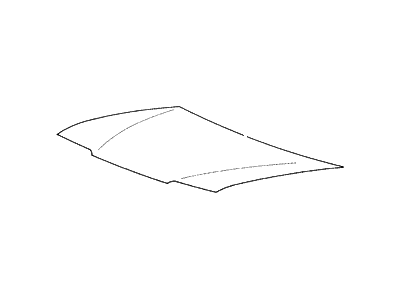×
- Hello
- Login or Register
- Quick Links
- Live Chat
- Track Order
- Parts Availability
- RMA
- Help Center
- Contact Us
- Shop for
- Hyundai Parts
- Hyundai Accessories


My Garage
My Account
Cart
Genuine Hyundai Excel Hood
Engine Hood- Select Vehicle by Model
- Select Vehicle by VIN
Select Vehicle by Model
orMake
Model
Year
Select Vehicle by VIN
For the most accurate results, select vehicle by your VIN (Vehicle Identification Number).
5 Hoods found
Hyundai Excel Panel Assembly-Hood
Part Number: 66400-21101-D$272.02 MSRP: $415.70You Save: $143.68 (35%)Ships in 1-3 Business DaysHyundai Excel Panel Assembly-Hood
Part Number: 66400-21103$272.02 MSRP: $415.70You Save: $143.68 (35%)Ships in 1-3 Business DaysHyundai Excel Panel Assembly-Hood
Part Number: 66400-21104$272.02 MSRP: $415.70You Save: $143.68 (35%)Ships in 1-3 Business DaysHyundai Excel Panel Assembly-Hood
Part Number: 66400-24100$304.71 MSRP: $465.67You Save: $160.96 (35%)Ships in 1-3 Business Days
Hyundai Excel Hood
If you are looking for affordable high-quality OEM Hyundai Excel Hood, then you have come to the prime place. Our website provides a large amount of genuine Hyundai Excel Hood at unbeatable prices. All our parts come backed with the manufacturer's warranty.
Hyundai Excel Hood Parts Questions & Experts Answers
- Q: How to remove and install the hood, and what adjustments are necessary for proper alignment on Hyundai Excel?A:The hood is heavy and somewhat awkward to remove and install, so at least two people should perform this procedure. For models from 1989 and earlier, the hood is hinged at the front by the radiator, while later models have the hinge at the rear by the base of the windshield. To begin, cover the cowl area and fenders with blankets or pads to protect the body and paint during the hood removal. Use paint or a permanent marker to make alignment marks around the hood hinge plate and bolt heads for proper alignment upon installation. Disconnect any cables or electrical connectors that may interfere with removal. With an assistant supporting the weight of the hood, remove the hinge-to-hood screws or bolts and lift off the hood. Installation follows the reverse order of removal. For adjustment, front-and-rear and side-to-side alignment can be made by moving the hood in the hinge plate slot after loosening the bolts or nuts. Mark a line around the entire hinge plate to judge the amount of movement, then loosen the bolts and adjust the hood into the correct position, tightening the hinge bolts afterward. If necessary, the entire Hood Latch assembly can be adjusted up-and-down and side-to-side on the firewall to ensure the hood closes securely and is flush with the fenders. Mark around the hood latch mounting screws for reference, loosen them, reposition the latch assembly, and retighten the screws. Finally, adjust the hood bumpers so that the hood is flush with the fenders when closed, and periodically lubricate the hood latch assembly and hinges with white lithium base grease to prevent sticking or jamming.









